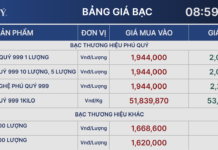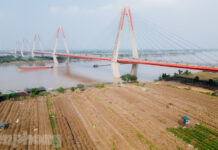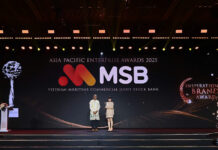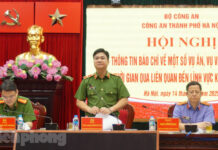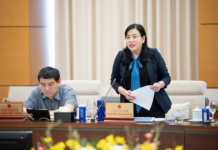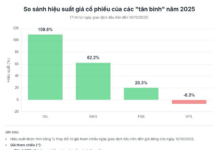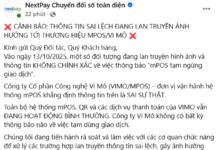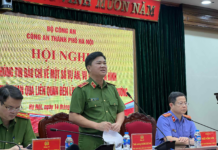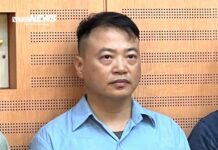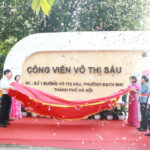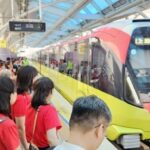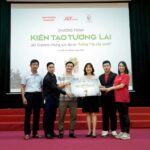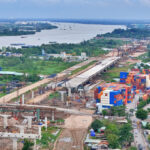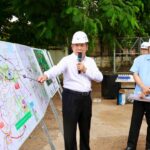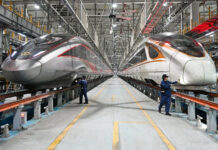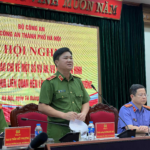Hanoi People’s Committee has announced a public consultation on the draft regulation for implementing low-emission zones in the city, in accordance with Article 28 of the Capital Law.
Low-emission zones (LEZ) are designated areas within a city with high air pollution levels. Vehicles operating in these zones must meet strict emission standards, and those that do not meet the standards will be restricted or charged a fee.
According to the Hanoi People’s Committee, the draft regulation on low-emission zones largely retains the content of Resolution 47 of 2024 of the Municipal People’s Council, with adjustments made only to the roadmap and scope to align with Directive 20 of the Prime Minister on urgent solutions to address environmental pollution.
Resolution 47 stipulates that during the period of 2025-2030, Hanoi will pilot LEZ in selected areas of the old districts of Hoan Kiem and Ba Dinh. From 2031 onwards, the program will be expanded to other areas.
However, the new draft shortens the roadmap by five years and expands the scope: from July 1, 2026, it will be applied within Belt Road 1; from January 1, 2028, it will be extended to Belt Road 2; and by January 1, 2030, it will cover Belt Road 3. At the same time, other wards and communes are encouraged to voluntarily implement low-emission zones.
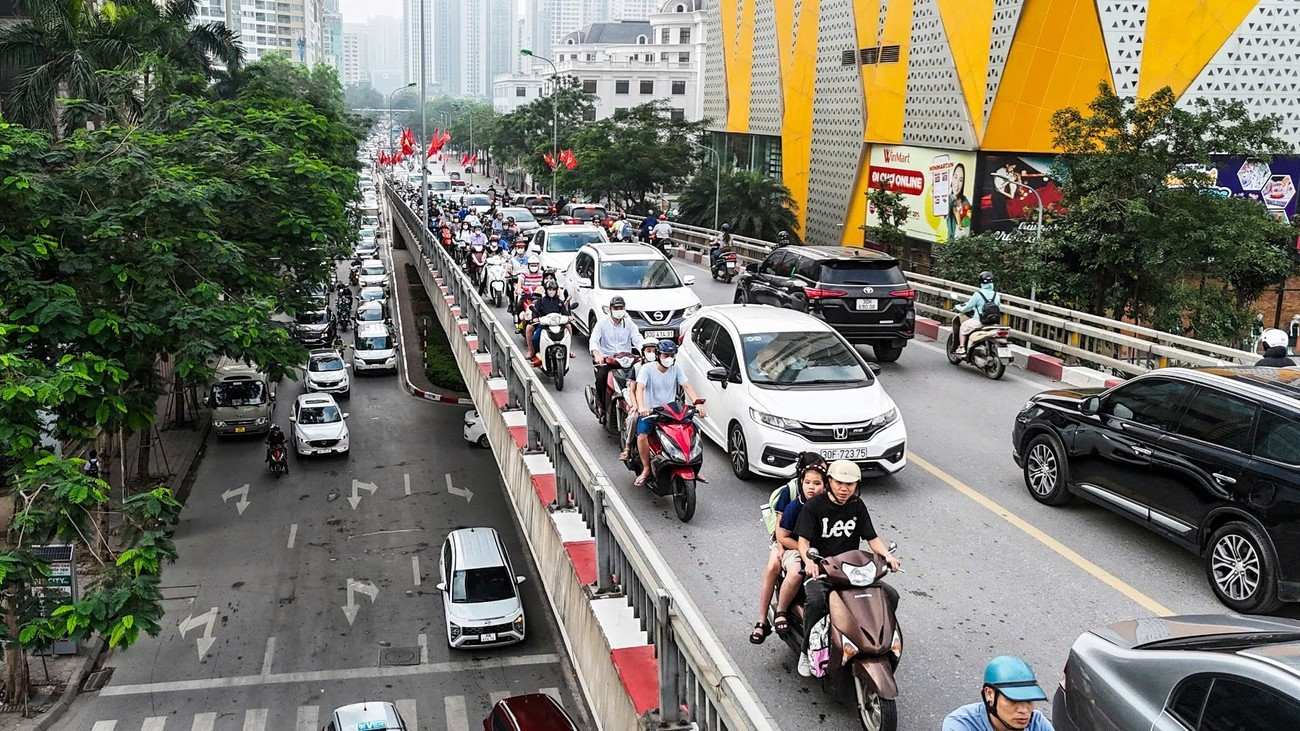
Illustrative image
From 2031 onwards, areas in Hanoi that meet one of the three criteria specified in Article 4 of Resolution 47 will be required to implement low-emission zones (LEZ).
The first criterion includes areas within the strict protection zone and the emission restriction zone as defined in the Master Plan for the Capital until 2030, with a vision towards 2050. These are residential areas located in the 12 old inner districts: Ba Dinh, Hoan Kiem, Dong Da, Hai Ba Trung, Thanh Xuan, Cau Giay, Hoang Mai, Tay Ho, Long Bien, Bac Tu Liem, Nam Tu Liem, and Ha Dong.
The second criterion pertains to areas that frequently experience traffic congestion at levels D to F according to the national standard TCVN 13592:2022 on urban road design. This standard categorizes the level of service (LOS) into six grades from A to F, with A indicating smooth traffic flow, B representing higher traffic volume, E denoting the onset of congestion, and F signifying complete gridlock.
The third criterion concerns areas where the annual average air quality does not meet the National Technical Regulation on Air Quality, specifically in terms of the following key parameters: SO₂, NO₂, total suspended particles (TSP), PM10, and PM2.5.
According to the draft, within the low-emission zones (LEZ), Hanoi will ban heavy diesel-powered trucks and prohibit motorcycles and fossil fuel-powered scooters. Cars that do not meet Euro 4 emission standards will be restricted or banned during certain time frames, in specific areas, or both.
The Hanoi People’s Committee also plans to propose the implementation of fees and charges for high-emission vehicles or those that are not encouraged to circulate within the LEZ. Additionally, they will explore policies to support individuals and businesses in the area in transitioning to clean and emission-free vehicles.
The draft resolution is expected to be submitted to the Municipal People’s Council for consideration at the end of 2025 and will come into effect from 2026.
Are Bus and Metro Fares Increasing This 2nd of September?
From August 30 to September 2, 2025, citizens and tourists in Hanoi and Ho Chi Minh City will be able to enjoy free bus and urban railway rides to celebrate the 80th anniversary of National Day.
J&T Express Celebrates 80 Years of National Independence with a Green Initiative: Planting Trees for a Sustainable Future
The Media Center for Natural Resources and Environment, in collaboration with the Department of Agriculture and Environment, the People’s Committee of Thanh Liet Ward, and J&T Express, organized a tree-planting initiative titled “Shaping the Future – J&T Express Joins Forces to Plant 1 Billion Trees.”
“Enhancing Connectivity: Accelerating Projects to Seamlessly Link Ho Chi Minh City and Long Thanh International Airport”
The National Assembly delegation expressed concerns about the lack of synchronized infrastructure connecting Long Thanh Airport to Ring Road 3.

